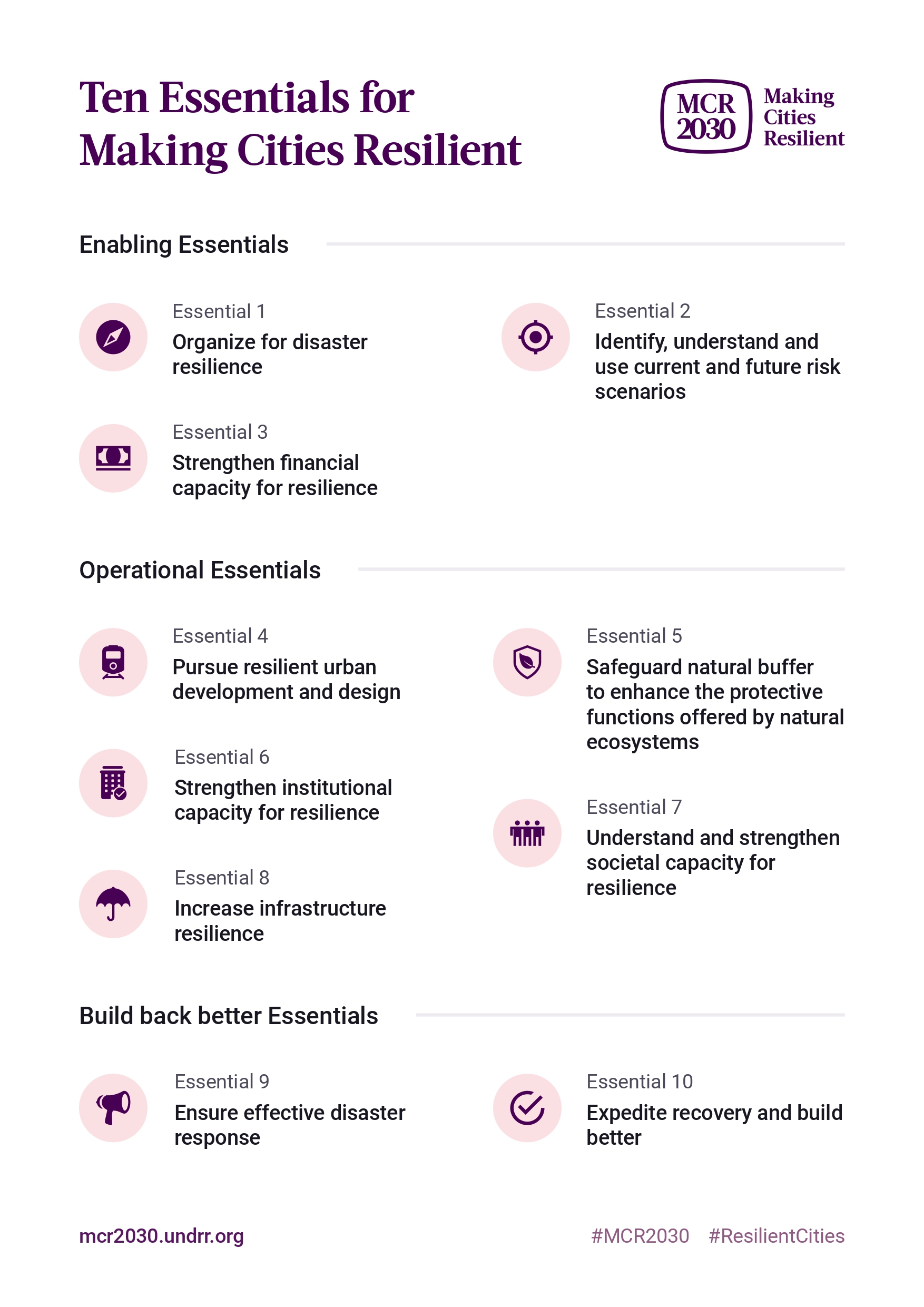If we get built environments right, many disasters can be avoided or prevented. This means that a risk-informed approach to the development, construction and maintenance of critical infrastructure is essential to ensure that it continues to function during and after a disaster, and the economy can keep turning.
We need to invest an additional US$90 trillion in infrastructure by 2040. The additional dollars needed to make new infrastructure assets and systems resilient to climate change and disaster should not be seen as a cost, but as a way to save thousands of lives when hazards occur, a way to save billions of dollars in post-disaster reconstruction, and a foundation for securing gains in many areas of the Sustainable Development Goals.
The way cities are built can either contribute to or hinder efforts to combat the climate emergency. As social, economic and cultural hubs, we need to ensure that cities are resilient and avoid creating new risk.

